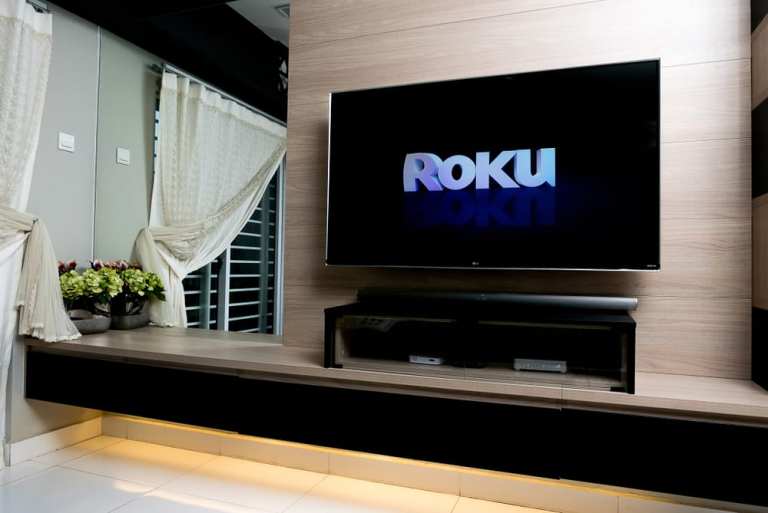
As vice president of product at Roku, Mark Ely works with connections. He’s the executive in charge of making sure that the Amazons and Best Buys of the world are fully stocked with the company’s streaming devices, home audio equipment and accessories. But part of Ely’s job involves disconnecting, because what has made Roku so successful is its acceleration of “cutting the cord” — which entails consumers opting out of their cable services and opting into streaming services.
According to Roku research, the pandemic has had a tangible impact on that shift to streaming services. The company’s research, released in late July, showed that 32 percent of U.S. television-watching households no longer have traditional pay-TV subscriptions, such as cable, satellite and telecommunications. Another 25 percent of households identified as “cord shavers” cut back their service. When asked if they planned to cut the cord fully in the next six months, 45 percent of those households said they were likely to do so.
“We’re seeing a good chunk of those folks actually consider just cutting a cable altogether,” said Ely. “So this is a whole secular change in the industry when you look at how consumers are getting their content. On the one hand, consumers realize they can get all of this fantastic content over the top, but they’re also saving money. And on average, we’re seeing that our customers are saving around $75 a month when they do that.”
The way Ely sees it, consumers are reaching for two things: value and content. Nearly half of all U.S. TV households said they have been watching more free, ad-supported TV during the pandemic than they did before. Value is also proven in the fact that 40 percent of “cord cutter” households claim that free trials to premium subscription services convinced them to cut traditional pay-TV service.
Will they go back? A lot depends on content, particularly the return of live sports. Roku research says that only 17 percent of recent “cord cutter” households said they would re-subscribe to traditional pay TV when (or if) live sports returns this year. Thirty-one percent said they are likely to subscribe to a live sports streaming service. “Over half (52 percent) of traditional and ‘cord shaver’ households say they are likely to reduce their package if televised live sports on traditional pay TV does not return,” the research states.
“The way we think about it is, we’re delivering a great streaming content experience via a smart TV,” Ely explained. “A smart TV is simply a connected TV connected to the internet — but we think Roku is much more than that. Our emphasis is on making that experience super simple, really easy to access and just a better TV experience than standard TVs or other streaming services.”
It could be said that Roku makes TVs smarter. It’s one of the reasons that Roku pairs its connected device with home audio and accessories to improve the overall experience. And it’s one of the reasons it focuses so much on content, to the point that it has launched its own Roku channel with ad-supported free content. It has also been expanding its content offerings to include more kids’ programming, sports and live-action series. Most recently, it struck a deal with Peloton to include its programming via the Roku platform.
“We’re really excited about Peloton,” said Ely. “First of all, they’re in the right place at the right time with their service. People love accessing great exercise content at home. And they’ve got great content.”
So there’s connection and there’s cord-cutting. The overall concept of over-the-top (OTT) TV has found its way to the U.S. consumer, but Ely points out that it’s still a new technology.
“By virtue of the fact that maybe a third of the households have switched over to OTT, I believe there is still a good chunk of households that haven’t yet,” he said. “It may feel like this technology has been around for a while, but it’s still a new thing for a lot of people. Everyone’s heard of Netflix, but the awareness is now shifting toward the traditional content that people watch: live television, live sports and local content. All this being available online is sort of the next wave of education. And that’s continuing to accelerate the cord-cutting.”